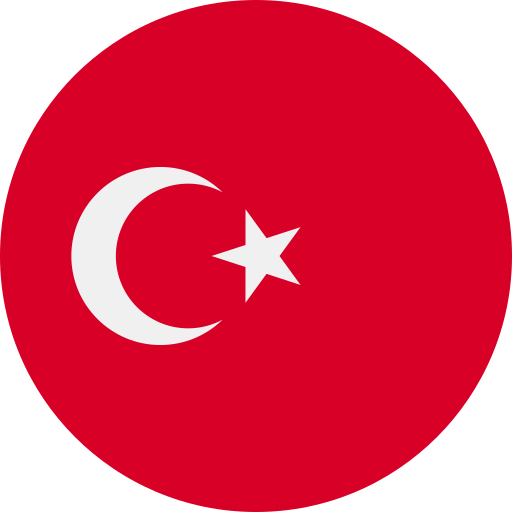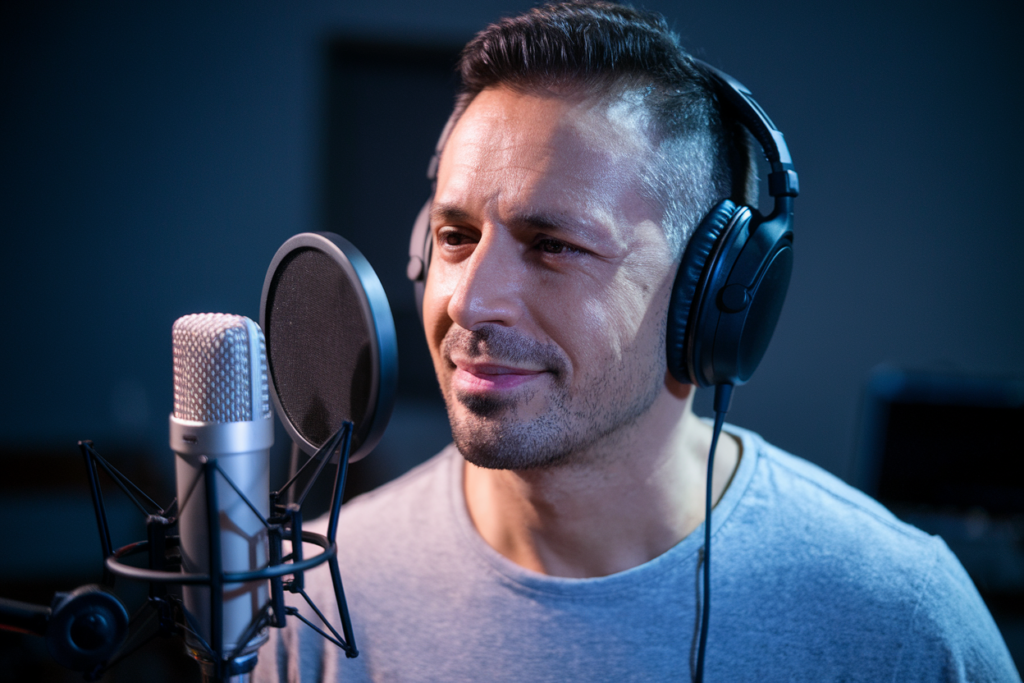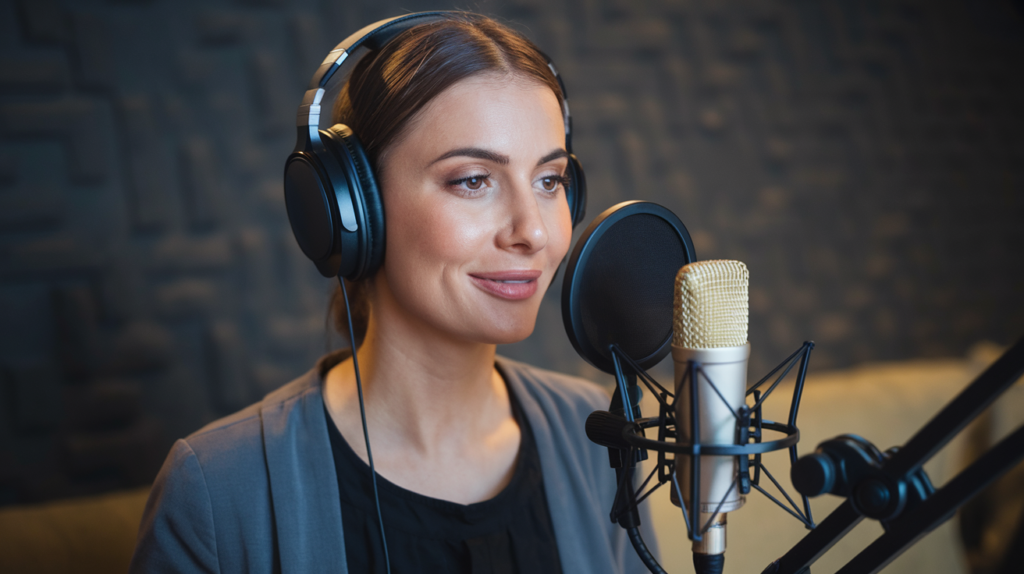Key Takeaways
- Historical Evolution: The Turkish language has transformed significantly from its origins in Central Asia, influenced by various cultures and languages over centuries.
- Cultural Influences: Key influences on Turkish include Arabic, Persian, and French, which have enriched the vocabulary and shaped grammatical structures throughout history.
- Modernization Efforts: The introduction of the Latin alphabet in 1928 marked a pivotal shift aimed at increasing literacy and aligning with Western nations, simplifying communication.
- Linguistic Challenges: Modern Turkish faces challenges such as the influx of English loanwords, regional dialect variations, and digital communication trends that affect traditional grammar usage.
- Contemporary Trends: Current linguistic trends reflect technology’s impact on language evolution, leading to new expressions while maintaining ties with historical roots.
- Cultural Heritage Preservation: As globalization continues to influence Turkey’s cultural identity, efforts are needed to preserve the richness of the Turkish language amidst contemporary changes.
Have you ever wondered how the Turkish language evolved over centuries? The historical changes in Turkish reveal a fascinating journey shaped by cultural shifts, conquests, and modernization. From its roots in Central Asia to becoming a modern world language, understanding these transformations can deepen your appreciation for Turkey’s rich heritage.
As you explore this topic, you’ll uncover how influences from Arabic, Persian, and even European languages have woven into Turkish. These changes aren’t just about words; they reflect the dynamic identity of a nation. By delving into the historical layers of Turkish, you’ll gain insights that go beyond grammar and vocabulary—it’s about connecting with a culture that’s continually evolving. Ready to dive in?
Overview Of Turkish Language
Turkish, a member of the Turkic language family, has undergone significant transformations throughout its history. Originating in Central Asia, it spread westward due to migrations and conquests. This journey led to encounters with diverse cultures and languages, notably Arabic and Persian. These influences enriched Turkish vocabulary and grammar.
The introduction of the Latin alphabet in 1928 marked a pivotal change in modern Turkish. This reform aimed to improve literacy rates and align Turkey more closely with Western nations. The shift from Arabic script to Latin script also made the language more accessible, allowing for easier learning and communication.
Modern Turkish reflects both its historical roots and contemporary needs. It incorporates loanwords from various languages while maintaining its unique structure. Today, you may notice that everyday usage often blends traditional elements with modern expressions.
Understanding these historical changes offers valuable insights into Turkey’s rich cultural tapestry. The evolution of Turkish not only showcases linguistic adaptation but also illustrates how identity shapes language over time. Exploring this dynamic allows you to appreciate the depth behind each word spoken in Turkish today.
Evolution Of The Turkish Language
The Turkish language has undergone significant transformations throughout its history, shaped by cultural influences and societal changes.
Old Turkish
Old Turkish emerged around the 8th century, primarily spoken by Turkic tribes in Central Asia. This period features a rich oral tradition, with epic poetry and folklore passed down through generations. Written records from this time include the Orkhon inscriptions, which display an early form of the language. Lexical borrowing from neighboring cultures began here, particularly from Chinese and Persian sources.
Middle Turkish
Middle Turkish evolved between the 13th and 16th centuries as a result of the Seljuk Empire’s expansion into Anatolia. This phase saw significant linguistic developments influenced by Arabic and Persian due to Islamic culture’s prominence. Literary works flourished during this era, enriching vocabulary and expression within poetry and prose. The introduction of new grammatical structures also marked this period, laying groundwork for modern syntax while maintaining classical roots.
Understanding these stages highlights how historical shifts have molded modern Turkish into what it is today—a vibrant language reflecting both its ancient heritage and contemporary influences.
Influence Of Other Languages
The Turkish language has undergone significant transformation influenced by various languages throughout its history. These influences have enriched Turkish, shaping its vocabulary, syntax, and overall character.
Persian Influence
Persian significantly impacted Turkish during the Seljuk Empire and later under the Ottoman Empire. This influence introduced a wealth of vocabulary related to art, literature, and administration. Words like «gül» (rose) and «şir» (lion) illustrate this connection. The adoption of Persian poetic forms also contributed to Turkish literature’s richness, blending styles that enhanced artistic expression.
Arabic Influence
Arabic’s contribution to Turkish is substantial due to cultural exchanges in religion and scholarship. Many Arabic words entered Turkish through the Islamic scholarly tradition; terms such as «kitap» (book) and «ilm» (knowledge) reflect this integration. This influence extended beyond vocabulary; it shaped grammatical structures too, enhancing the complexity of sentence formation while preserving essential elements of Turkish syntax.
French Influence
French emerged as a prominent linguistic influence during the 19th century, particularly in areas like fashion, cuisine, and diplomacy. Words like «restaurant,» «bilet» (ticket), and «müzik» (music) became commonplace in everyday conversation. Through modernization efforts in Turkey, French terminology played a role in shaping contemporary discourse—infusing modern concepts into traditional contexts while maintaining an air of sophistication.
Understanding these linguistic influences provides deeper insight into how historical interactions have crafted modern Turkish language dynamics today. Each layer tells a story about cultural exchange reflecting Turkey’s rich heritage.
Modern Developments In Turkish
Modern Turkish has evolved significantly since the early 20th century, reflecting social, political, and cultural changes. The language’s transformation is evident in its vocabulary, grammar, and usage among speakers today.
Language Reform Of 1932
The Language Reform of 1932 aimed to simplify and modernize Turkish by eliminating complex Persian and Arabic influences. This reform introduced measures to create a more phonetic writing system and promote the use of everyday language. New words were coined from existing roots or derived from Latin-based languages to enhance clarity and accessibility. The establishment of the Turkish Language Association played a crucial role in standardizing these changes, fostering national identity through language.
Contemporary Linguistic Trends
Contemporary linguistic trends showcase the dynamic nature of modern Turkish. Digital communication has spurred the adoption of slang, abbreviations, and neologisms influenced by technology and global culture. Social media platforms facilitate rapid exchanges that shape how younger generations communicate. Additionally, there’s an ongoing effort to integrate new concepts into everyday conversation while preserving traditional elements.
Loanwords continue to play a significant role in expanding vocabulary; terms from English have become prevalent in various fields like business, technology, and entertainment. As Turkey interacts with global cultures more than ever before, modern Turkish remains adaptable—reflecting both historical heritage and contemporary realities as it evolves alongside its speakers’ identities.
Challenges Facing The Turkish Language Today
The Turkish language faces several challenges in modern society. One significant challenge lies in the rapid influx of loanwords, particularly from English. As global communication increases, words related to technology and culture often replace traditional Turkish terms, leading to a dilution of linguistic purity.
Another challenge is regional dialects. Turkey’s diverse geography has fostered various dialects that sometimes complicate mutual understanding among speakers. This diversity can create barriers in media and education where standardization is crucial.
Moreover, digital communication trends impact language use significantly. Social media platforms encourage the use of abbreviations and slang, which can diverge from formal Turkish grammar and vocabulary. While this evolution reflects contemporary culture, it risks alienating older generations who may prefer traditional forms.
Additionally, globalization influences cultural identity through language change. As Turkey engages with international markets and cultures, maintaining cultural heritage within the language becomes increasingly complex.
These factors contribute to an ongoing dialogue about preserving the richness of the Turkish language while adapting to contemporary needs and influences.
Conclusion
The journey of the Turkish language reveals a tapestry woven from centuries of cultural exchange and adaptation. As you dive into its rich history you’ll uncover how each phase reflects the social and political landscapes that shaped Turkey. The transformation from Old Turkish to modern-day usage illustrates resilience and flexibility in a continually evolving world.
Today’s challenges around linguistic purity and regional dialects highlight the need for balance between tradition and innovation. Embracing this dynamic nature not only enriches your understanding but also connects you to Turkey’s vibrant heritage. Exploring these historical changes allows you to appreciate every nuance within the Turkish language, making it a living testament to its people’s identity.
Frequently Asked Questions
What is the origin of the Turkish language?
The Turkish language originated in Central Asia, where Old Turkish emerged around the 8th century. It was primarily spoken by Turkic tribes and characterized by a rich oral tradition, with early written records like the Orkhon inscriptions showcasing its development.
How did Persian and Arabic influence Turkish?
During the Seljuk and Ottoman Empires, Persian enriched Turkish vocabulary with terms related to art and administration. Arabic contributed extensively through religious texts and scholarly exchanges, shaping both vocabulary and grammatical structures in significant ways.
When was the Latin alphabet introduced to Turkish?
The Latin alphabet was introduced to the Turkish language in 1928 as part of a reform aimed at improving literacy and modernizing Turkey. This change made written Turkish more accessible and aligned it with Western nations.
What were the key changes during Turkey’s Language Reform?
The Language Reform of 1932 simplified Turkish by removing complex influences from Persian and Arabic. It promoted a phonetic writing system that encouraged everyday speech while fostering national identity through standardized language practices.
Are there challenges facing modern Turkish today?
Yes, modern Turkish faces challenges such as an influx of English loanwords that threaten linguistic purity, regional dialects complicating mutual understanding, and digital communication trends introducing slang that may alienate older generations.







